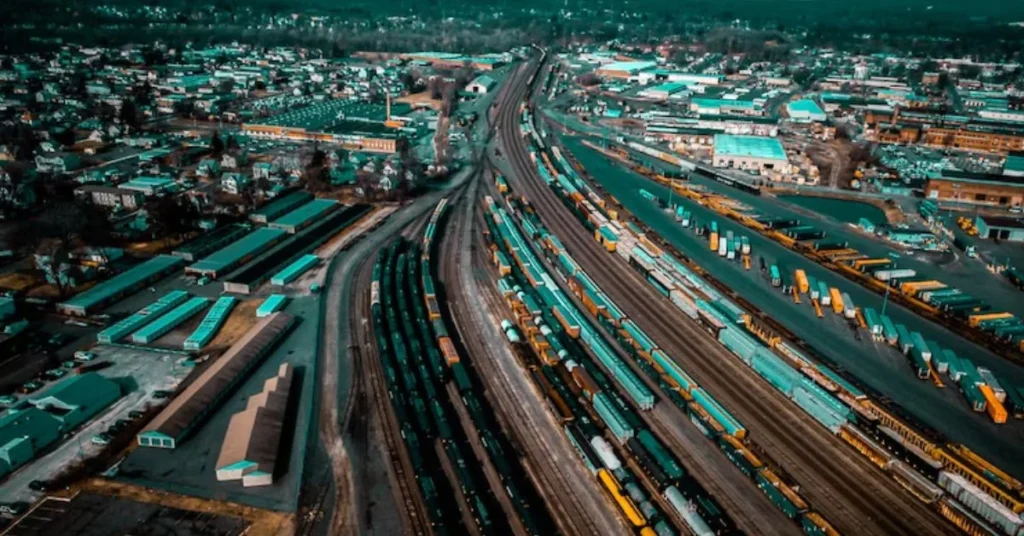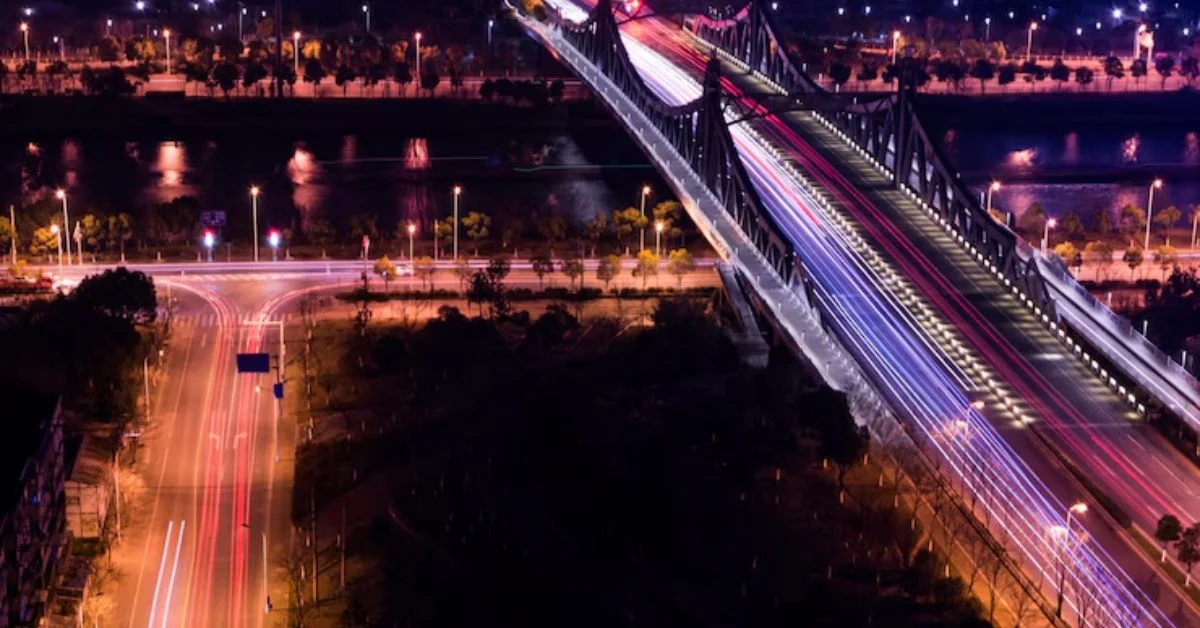In the quietly industrious heart of America, where highways crisscross railway lines and commerce moves with the pulse of global trade, an intermodal revolution is underway. JTM Illinois Intermodal, a rising star in the logistics and freight handling sector, is reshaping how goods move through the Midwest, and by extension, the nation. This transformation is not merely about efficiency; it is about building a resilient, adaptive infrastructure in an age where supply chain disruptions can ripple across continents.
Understanding Intermodal Freight: A Primer
Before diving into JTM’s contributions, it’s important to understand the term “intermodal.” Intermodal freight transport involves moving cargo using multiple modes of transportation—typically rail, truck, and sometimes ship—without handling the freight itself when changing modes. The container, not the cargo, is transferred, preserving the integrity and speed of delivery.
Intermodal systems are known for their efficiency, cost-effectiveness, and environmental benefits. With rising fuel costs and a growing emphasis on reducing carbon footprints, the push for intermodal solutions is more relevant than ever.
The Genesis of JTM Illinois Intermodal
Founded in response to increasing logistical challenges in the Chicagoland area, JTM Illinois Intermodal established its operations near key transportation arteries and industrial hubs. Its strategic location provides direct access to major rail lines (including BNSF and Union Pacific), highways (I-55, I-80, and I-294), and proximity to inland ports.
JTM was designed not just as a logistics park, but as a next-generation transport hub. With advanced tracking systems, streamlined cargo transfer protocols, and integrated customs support, it stands as a model for future intermodal centers.
Infrastructure: More Than Concrete and Steel
JTM Illinois Intermodal’s infrastructure is meticulously planned. The site includes:
- High-Capacity Rail Spurs: Capable of handling high-frequency train operations with minimal dwell time.
- Automated Gate Systems: Reduce truck check-in and check-out time, minimizing delays.
- Smart Warehousing: Facilities that utilize AI and IoT for inventory management and automated loading systems.
- Green Initiatives: Solar-powered buildings, electric vehicle (EV) charging stations for freight trucks, and rainwater harvesting for operational use.
The layout is designed not just for today’s demands but for the scalable growth of the future, accommodating rising e-commerce volumes and cross-border trade.
Economic Impact on Illinois and Beyond
The economic footprint of JTM Illinois Intermodal extends well beyond Will County. As of 2025, it supports:
- Over 3,500 direct and indirect jobs
- An estimated $700 million in annual economic activity
- Development of auxiliary businesses such as repair services, freight forwarding, and customs brokerage
Moreover, its presence has incentivized infrastructure upgrades in the surrounding areas, including road widening projects, signal optimization for freight corridors, and public-private partnerships for workforce training programs.
Technology Integration: Logistics Meets the Digital Age
JTM’s operations are built on a robust digital backbone. Here are some innovations in use:
- Real-Time Tracking: RFID and GPS integration across containers and freight vehicles.
- AI-Powered Scheduling: Algorithms optimize train arrivals and truck dispatches to reduce bottlenecks.
- Predictive Maintenance: Using machine learning to identify equipment that may fail before it does.
- Digital Documentation: Blockchain-based systems for secure, transparent shipping records and customs documentation.
These technologies allow JTM to offer faster turnaround times, reduced operational costs, and heightened security.
A Model for Sustainability in Freight Logistics
In a world increasingly focused on sustainability, JTM Illinois Intermodal has taken significant steps:
- Modal Shifts: Encouraging the use of rail over road reduces emissions by approximately 75% per ton-mile.
- Energy Efficiency: All facilities utilize LED lighting, passive solar heating, and high-efficiency HVAC systems.
- Waste Reduction: Recycling programs and initiatives to minimize single-use materials in packaging.
These efforts are not only environmentally responsible but also appeal to ESG-focused investors and clients.
Challenges on the Horizon
Despite its progress, JTM Illinois Intermodal faces several challenges:
- Labor Shortages: Like many logistics hubs, skilled labor remains a limiting factor.
- Regulatory Hurdles: Evolving environmental and transportation regulations require constant adaptation.
- Supply Chain Volatility: Global events can rapidly shift demand and disrupt operational plans.
JTM is addressing these through training programs, lobbying for policy support, and adopting agile management practices.

A Community Stakeholder
JTM’s influence isn’t confined to logistics. It actively invests in community development:
- Educational Partnerships: Collaborating with local colleges to offer logistics certification programs.
- Health & Safety Initiatives: Wellness programs for employees and safety workshops for truckers.
- Local Business Support: Preference to local vendors and service providers.
The National and Global Context
As the U.S. government increases investment in infrastructure and trade partnerships, intermodal hubs like JTM are pivotal. They act as connectors between local economies and global markets, facilitating seamless, secure trade.
Internationally, JTM is being looked at as a blueprint for similar ventures in Europe and Asia, particularly in landlocked countries seeking better access to global trade routes.
The Road Ahead: Expansion and Innovation
Looking forward, JTM Illinois Intermodal is planning:
- Phase II Expansion: Additional warehouse space and expanded rail capacity.
- Hydrogen Fuel Integration: Testing hydrogen-powered freight vehicles and support infrastructure.
- Global Logistics Partnerships: Joint ventures with international freight operators to offer end-to-end logistics solutions.
These moves aim to secure JTM’s role as not just a logistics center, but a global logistics innovator.
Conclusion: Beyond Freight
JTM Illinois Intermodal is not just a hub of steel tracks and trucks; it is a vision of modern logistics. It represents a convergence of technology, sustainability, and strategic planning. For Illinois, it is a boon to the economy. For the logistics industry, it is a beacon of progress.
In a time where every delay has a cost and every inefficiency a ripple effect, the emergence of agile, smart intermodal facilities like JTM is not just welcome—it is essential. As the world navigates complex supply chains and pressing environmental concerns, JTM offers a compelling example of how infrastructure can be intelligent, inclusive, and impactful.
For businesses navigating the labyrinth of modern logistics, and for policymakers charting a course toward resilient infrastructure, JTM Illinois Intermodal provides not just lessons, but leadership.
For more information, click here.









